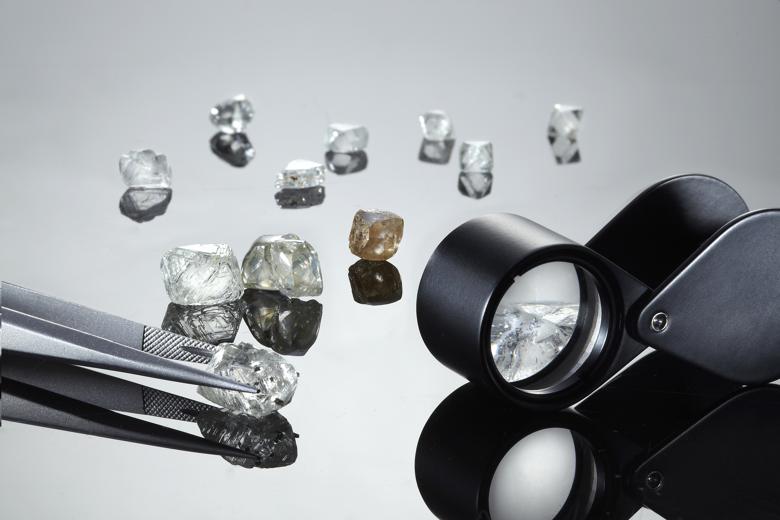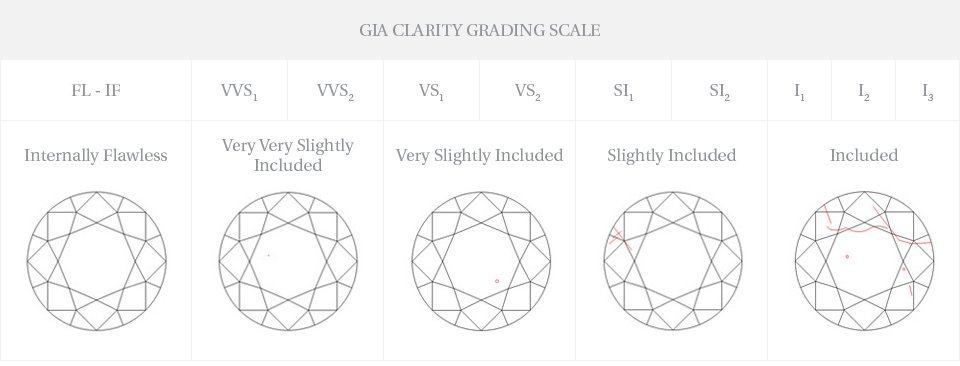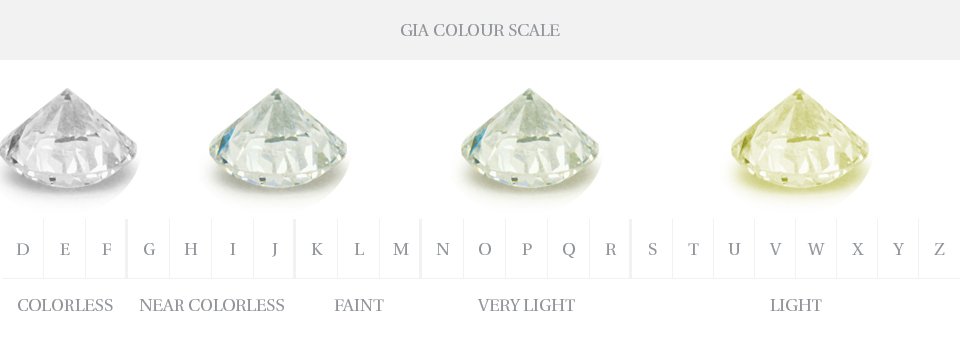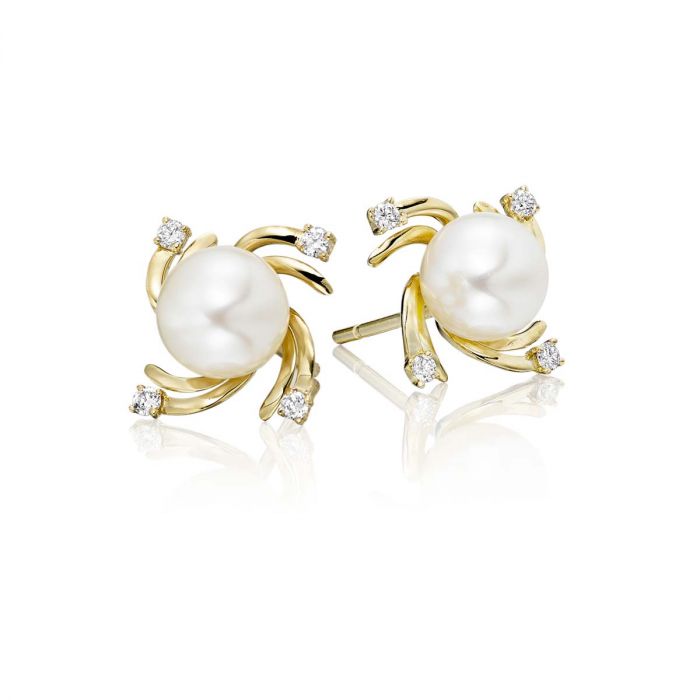Freshwater Pearl Diamond Earrings 0.12ct Diamond 9K Yellow Gold
ITEM REF: E36572/163Y9
These stunning freshwater pearl and diamond earrings have brilliant cut diamonds with a total weight of 0.12ct set to compliment these beautiful 7mm white freshwater pearls. These pearl earrings are made in 9K yellow gold complete with a pair of push-on butterfly backs.
| Birthstone | June Birthstone | |||||||||||||||||||||||||||||||||
| Diamond Weight | 0.12ct
|
|||||||||||||||||||||||||||||||||
| Diamond Quality | Colour G/H, Clarity SI
Diamond Guide At Diamond Treats:
THE FOUR C's:CutCut is a very important quality factor, and probably the most challenging, of the four Cs to understand. The brilliance of a diamond depends heavily on its cut, which give a diamond that brightness that seems to come from the very heart of the diamond. The quality of the cut is a result of just the right angles, proportions and finish of the diamond. It is the quality of the cut that gives a diamond its ability to handle light, which in turn leads to its dazzling brilliance and fire. ClarityAlmost all diamonds contain some inner flaws, or inclusions, that occur during the formation process. These inclusions are the ‘birthmarks’ of the diamond. The visibility, number and size of these inclusions determine what is called the clarity of a diamond. The inclusions interfere with the path of light through the diamond and therefore, diamonds that contain a lower degree of these inclusions create more brilliance. The better the clarity of the diamond the more expensive the diamond will be. Most inclusions in a diamond are so small that it is not possible to see them with the naked eye.
ColorA diamond is graded based on its lack of colour. The less colour, or the more colourless a diamond is, the greater its value and its visual appeal. Diamond colour grades range as follows:
Colourless and Near Colourless diamonds are the most desirable since they allow the most refraction of light (sparkle). Carat (weight)Diamond Carat is the unit of weight by which a diamond is measured As diamond carat weight increases so does its value, however it is important to note that as larger diamonds are rarer than smaller ones, the value of a single diamond increases exponentially with its carat weight. Often the carat weight of a diamond is used when talking about the diamonds size. Although this is not strictly correct, naturally, as the weight of a diamond increases, so does its size, and for this reason people use Carat weight as an indication of size. The table below shows the approximate diameter of a round and princess cut diamond as the carat weight changes:
|
|||||||||||||||||||||||||||||||||
| Dimensions | 9.7mm | |||||||||||||||||||||||||||||||||
| Pearl Details | 7mm Round
Pearl GuideJune's birthstones is the pearl, representing wisdom through experience. It is said to facilitate engagements and love relationships. Pearls are used as love and healing charms to protect against fire and to ward off evil. How Pearls are ValuedThere is no industry-wide grading system for Pearls. Generally, the value of pearls is determined by the following factors: SIZEVery little pearls (2-5 mm); bead pearls (5-5.5 mm); medium (5.5-6.5 mm); large (6.5-7.5 mm); extra large (7.5-8.5 mm) or super large (8.5 mm and up). Just to put it in perspective a difference of only 1mm can double of triple the price of the pearl. The size of a pearl is determined by its diameter and is measured in millimeters. NACREThe thickness of the nacre depends on the growth period allowed for each pearl and its formation strongly influences the luster. If it is too thin then it looks dull and the value is low. LUSTERThis depends on the translucence of nacre and the nacre layers. The most desired luster is that of a mirror like glow. SHAPESpherical or round pearls are the most valuable (all other factors being equal). However baroque pearls (irregularly shaped) can be valuable to some jewellery designers too. COLOUR OVERTONEColour is influenced by the mollusk / Oyster itself and by the environment in which the mollusk lives. The main characteristics of colour are Body-colour and overtone. Body-colour is the main color of the pearl. Overtone is the transparent colours that appear on the surface of the pearl. SURFACEBlemishes and other irregularities on the surface of the pearl influence its value. The Pearls used by Diamond Treats are virtually surface clean which means that the pearl are very clean with very little blemishes. Pearls are far from the simplistic natural gemstone that many take them to be, and in fact there are a range of differing pearls, which may each be farmed in a different way or naturally found, with each and every pearl subject to differing characteristics. The overarching collection of pearls may be either Freshwater or Saltwater, depending upon where they are found or farmed. However beyond this there are Akoya, Tahitian, South Sea, Eyris or Baroque Shaped pearls. Freshwater PearlsFreshwater pearls are grown within lakes, rivers or ponds (which are mostly found within China). Whilst the majority of such pearls are white akoya type cultured pearls, they may also be farmed to specifically be another colour (which is generally a pastel). Finally, as they are freshwater farmed, they feature a nacre which is thicker than is found within akoya pearls. Freshwater pearls are produced primarily in China, Japan & North America. China has become the leader in this pearl type by developing new freshwater culturing techniques so nearly 96% of freshwater pearls today are produced in China with much higher quality, even making them comparable and indistinguishable from their saltwater cousins. Freshwater pearls are normally available from 3mm to 11mm in size. Freshwater Pearls are very difficult to find completely round or near-round. On average only 2% of Freshwater Pearls become round! Saltwater PearlsSaltwater pearls are, as their name would suggest, created naturally by oysters within seas around the world (most commonly within regions such as Thailand, Australia and Tahiti). The akoya pearl is the most common of all saltwater pearls. They are near perfectly round, featuring a bright yet neutral colour and may be the stereotypical pearl that you would think of if asked to imagine a pearl necklace or set of pearl earrings. What is the difference between 'Natural' and 'Cultured' pearls?Many of our clients ask us what the difference is between 'Natural' and 'Cultured' pearls, and in fact the defining difference is simply a matter of where they’re farmed. Natural pearls are, as you would assume, found naturally within the seas, most commonly within the Persian Gulf. However what is not so obvious is the fact that they have mostly already been discovered and are therefore incredibly rare (as well as expensive). Cultured pearls are then, in comparison, grown within pearl farms, where pieces of mantle tissue or round beads are placed into molluscs to begin the natural process where layers of nacre form around the foreign body; at the end of this process there would then be a pearl. Ten lesser known yet completely intriguing facts about pearls
Pearls: A few myths and misunderstandings:
|
|||||||||||||||||||||||||||||||||
| Metal | 9K Yellow Gold |







Sign In
Create New Account